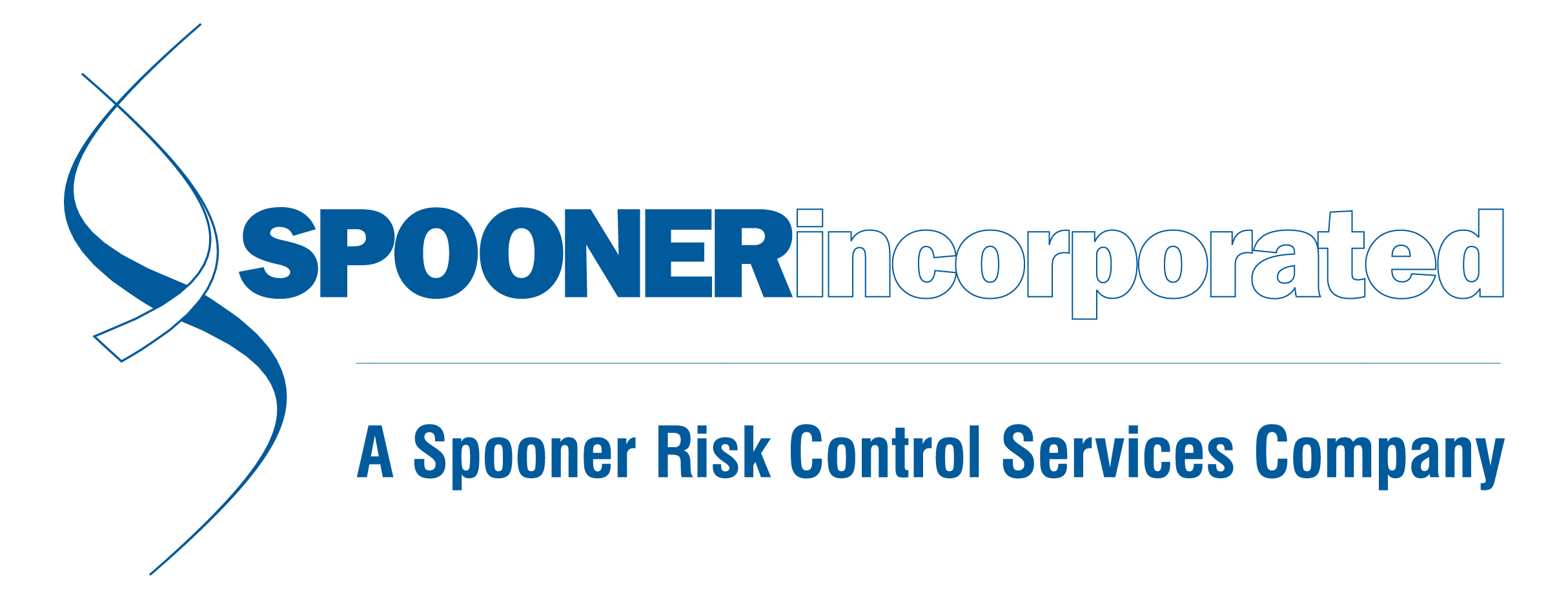Blog
Still Using NOVAtime?

If your company is using NOVAtime in conjunction with your payroll software for Time Tracking, it’s time to find a new solution. We’re not telling you this just because we have something better (we do, of course) – we’re telling you because it’s going to be outmoded soon. NOVAtime has been owned by Ascentis since 2018, and that parent company was purchased by another software company called UKG in March 2022. NOVAtime will officially be discontinued on January 1, 2023.
SuretyHR may have the answer your organization is looking for. We have a time tracking solution that integrates seamlessly with PrismHR, Foundation (a popular construction management software), and plenty of other platforms. We use it internally, for our payroll- only clients, and our self-insured PEO clients (if you’re unsure what a self-insured PEO is, click here). There are tremendous advantages to partnering with a PEO, but the biggest roadblock tends to be the migration to a new payroll or time-keeping system. Businesses that have moved from one large payroll software to another don’t always have a seamless experience, and it has colored their thoughts on making a similar change in the future. SuretyHR clients that have migrated from many of the larger software providers have been more than happy not only with the transition process (thanks to our dedicated staff), but also with our capabilities and customer service.
If you’d like to learn more about our software and administrative service offerings, contact Brian Davis at 440-429-5260 x107.
DOL Issues Final Rule on Independent Contractors
Posted By Brandy King
January 17, 2024
Category: DOL, Independent Contractors, Ohio Bwc, Workers' Comp
Who’s Really an Independent Contractor? DOL Finalizes New Rule Clarifying Classification Earlier this month, the U.S. Department of Labor (DOL) finalized its rules regarding classification of independent contractors. The organization hadn’t previously defined this by regulations, only by guidelines (which are as clear as OSHA “best practices”). The updated rule creates a six-factor “economic realities” test to determine whether or not a worker is truly an independent contractor under the Fair Labor Standards Act (FLSA). Among others, the test includes factors such as degree of permanence, amount of control the employer holds, and the worker’s skills. Since Ohio employers aren’t required to cover 1099 employees under their BWC policy, we have a lot of discussions with clients about whether or not a worker actually meets the qualifications of being an independent contractor. Understanding these qualifications is not only important for insurance purposes, but also for recordkeeping, and the application of minimum wage and overtime rules. Our friends at Roetzel & Andress have done a great job of explaining this new classification rule in a way that’s easy to digest and understand, so we’re deferring to their recent update for the details. For more info on how independent contractors can impact your Ohio BWC policy, check out this blog. This goes into effect March 11
A Guide to Submitting 2023 OSHA Logs
Posted By Brandy King
January 17, 2024
Category: OSHA, Electronic Recordkeeping, Form 301, Form 300, OSHA 300A, Safety, Incident Reporting, Compliance
It’s time to post and electronically submit your OSHA logs - and this year, submission requirements will impact far more U.S. employers. We discussed this in detail when the rule was finalized in July 2023. Effective January 1, 2024, OSHA will require employers with over 100 employees in certain high hazard industries to complete electronic records submissions of Forms 300 and 301, in addition to Form 300A. These are records that covered employers should already be keeping, but previously have not been required to submit. The impacted industries include (but aren’t limited to) retail, wholesale, performing arts, manufacturing, farming, and grocers. Our safety team agrees that the fastest, easiest way to find out your company’s submission requirements is to use this ITA Coverage Application. Enter your company’s NAICS code and employee count, and it will confirm which logs should be submitted. As a general guide: 20-249 employees and on this list must submit 300A 100 or more employees and on this list must submit the 300A, 301 and 300 log. Employee count is “per establishment,” not entire corporation size. So, what is OSHA’s definition of an “establishment?” An establishment is a single physical location where business is conducted, or where services or industrial operations are performed. For activities where employees do not work at a single physical location - such as construction, transportation, communication
Grading Payroll Providers on Enrollment and W-2 Performance
Posted By Brandy King
January 17, 2024
Category: Payroll, Overcharging, Additional Fees, Surety HR, SI PEO, Payroll Processing Fees, ADP Fees, Paychex Fees
With 2023 group health enrollments behind us, and W-2 season wrapping up – most employers have a strong opinion about the role their payroll provider played in both of those, good or bad. Let’s consider open enrollment first. If your payroll provider utilizes an electronic benefits module, and made an implementation plan with your broker – things should have gone smoothly. Benefits enrollment is always subject to hitting snags throughout the process. Here are some things to consider: • Was there communication between all parties if a timeline changed? • Was everyone pulling in the same direction, without making you (the employer) an unnecessary go-between? • Was every party involved invested in making sure things were done right the first time? • Have you considered an API connection or Data Bridge with your Carrier? (Fees may apply) It’s important not to over- or under-rely on technology. Let the electronic benefits modules do their job, but make sure you and your payroll provider have your eyes peeled for potential issues. W-2 season brings similar headaches. If the employer has done their best to ensure that all employee info is up-to-date and accurate, the prevention and resolution of those headaches’ rests heavily on your payroll provider. If employees have questions about W-2s, or there’s a potentia
Contact
28605 Ranney Parkway
Westlake, Ohio 44145
Phone: 440-249-5260 ext. 153
Hours: 8AM to 5PM


